Brain Balance Exercises for Autism


Understanding Brain Exercises and Their Role in autism intervention
Brain balance exercises are a promising approach to supporting children with autism spectrum disorder (ASD). These activities are designed to enhance neural connections and restore balance between different regions of the brain, which is often disrupted in ASD. By promoting neuroplasticity—the brain's ability to reorganize itself—these exercises aim to improve cognitive, motor, and emotional functions. This article explores what brain balance exercises entail, how they can be adapted for children with autism, and what scientific evidence supports their use.
What Are Brain Balance Exercises and How Are They Performed?
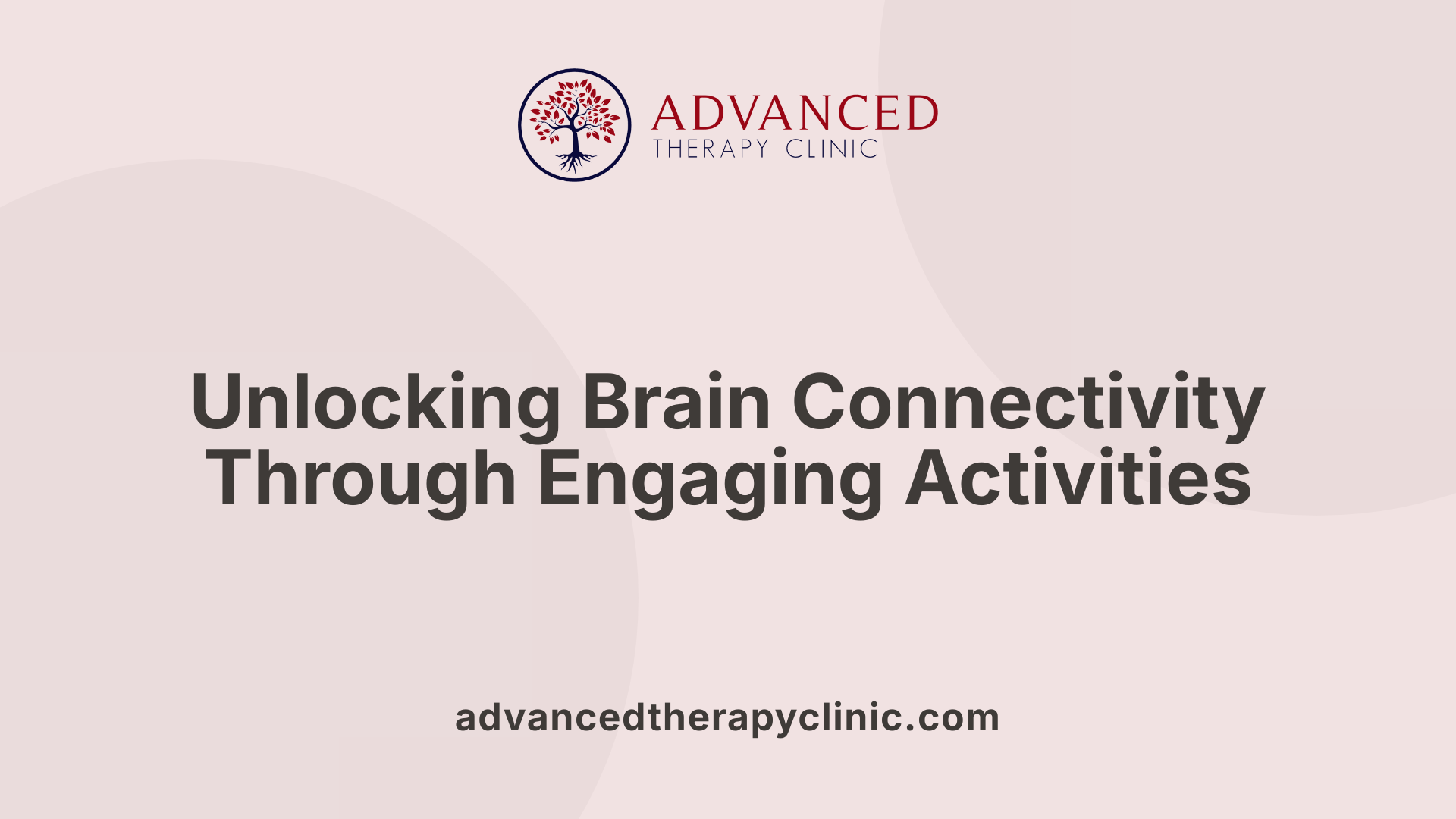
What are brain balance exercises and how are they performed?
Brain balance exercises are specially designed activities aimed at strengthening connections across different parts of the brain, particularly between the two hemispheres. The goal is to support better communication within the brain, which can help mitigate some symptoms associated with autism spectrum disorder (ASD). These exercises include a broad range of sensory motor, cognitive, and physical activities such as imagination games, brain training activities, juggling, yoga, arts and crafts, and full-body fitness routines.
These activities are tailored to help improve skills like concentration, memory, problem-solving, and social interactions. They also promote healthier relationships between various brain regions, which is essential for overall mental function.
The exercises are versatile and can be performed by individuals of different ages, either through guided sessions or independently at home using virtual programs. They often involve engaging tasks that are fun and stimulating, encouraging consistent practice to support long-term brain development.
Implementing these activities regularly can boost behavioral functions and mental clarity, ultimately enhancing emotional regulation and well-being. This integrated approach emphasizes the importance of comprehensive training in sensory, motor, and cognitive domains to foster optimal neural connectivity and balance.
Implementing Autism-Friendly Exercise Routines
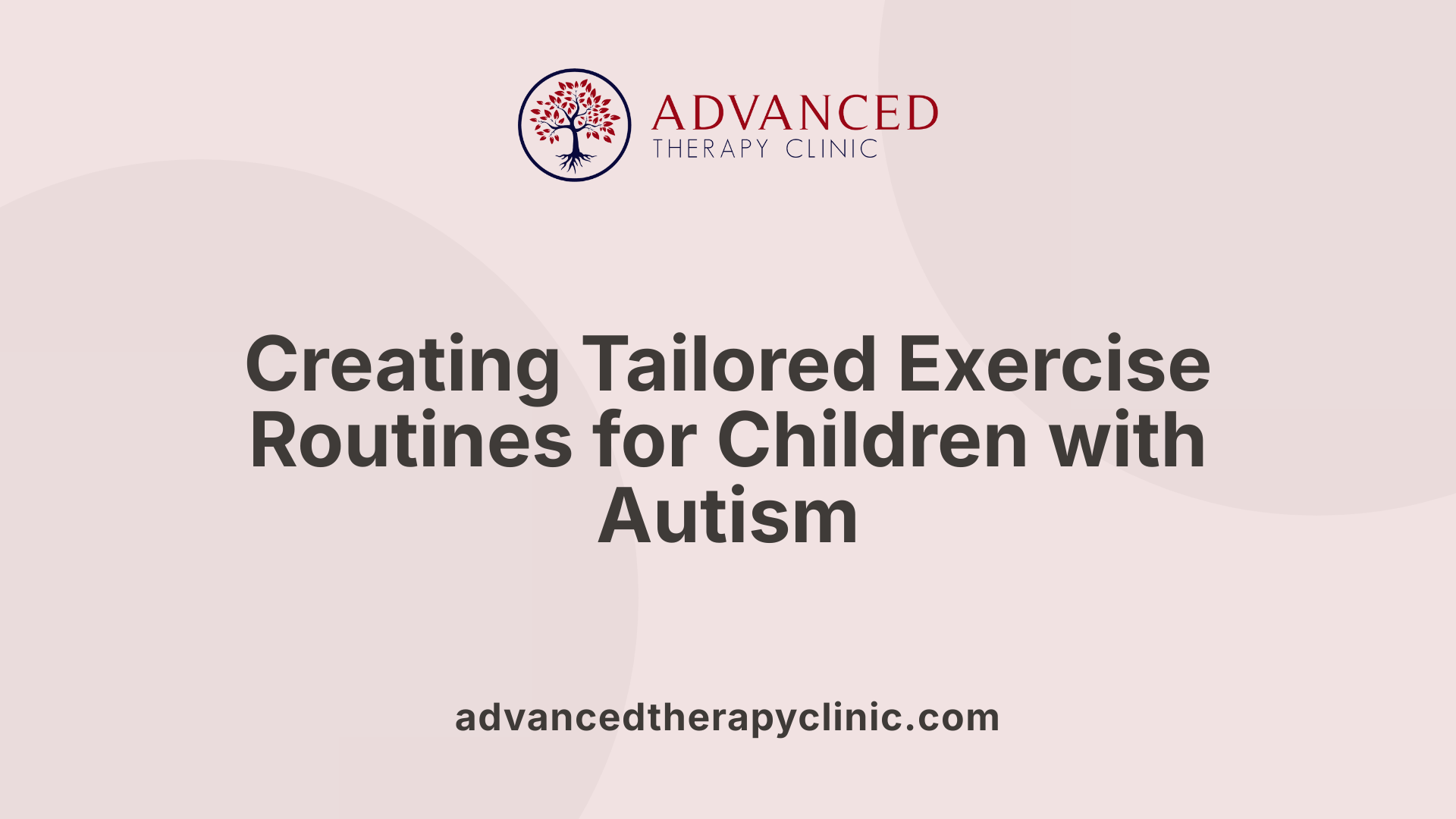 Autism-friendly exercises are activities specifically adapted to meet the sensory and social needs of individuals with autism. These exercises aim to promote physical health, enhance neural connections, and improve overall mood and behavior.
Autism-friendly exercises are activities specifically adapted to meet the sensory and social needs of individuals with autism. These exercises aim to promote physical health, enhance neural connections, and improve overall mood and behavior.
To effectively implement these routines, start with short, manageable sessions. Activities such as bear crawls, medicine ball slams, star jumps, arm circles, and mirror exercises are recommended because they involve full-body movements that help build coordination, strength, and body awareness. These exercises can be modified to suit each child’s abilities and preferences.
Using visual supports, including schedules, social stories, and clear, easy-to-follow instructions, helps children understand what to expect. Visual cues provide structure and reduce uncertainty, making the exercise experience more predictable and enjoyable.
Creating a calming environment is also essential. This can be achieved through sensory-friendly adjustments like soft lighting, calming sounds, and designated quiet spaces. These modifications help lower anxiety and prevent sensory overload, making physical activity more accessible.
Additionally, fostering a positive atmosphere with encouragement and reinforcement can motivate children to participate actively. Each session should be brief, targeted at maintaining interest without causing fatigue or frustration.
Implementing these tailored strategies ensures that exercise routines are both effective and enjoyable, supporting children with autism in gaining the physical and cognitive benefits associated with regular activity.
Introduction to the Brain Balance Program and Its Approach to Autism
What is the Brain Balance Program and how does it approach autism treatment?
The Brain Balance Program is a developmental strategy designed primarily for children with autism spectrum disorder (ASD). While a formal diagnosis isn't always necessary to participate, the program's core focus is on enhancing the brain's connectivity. It aims to strengthen and build new neural connections across different regions of the brain.
Research indicates that many ASD symptoms might be linked to weak or inefficient connections between brain areas. This program addresses these issues by engaging children in a variety of tailored physical, sensory, and cognitive activities.
A key part of the program involves personalized assessments for each child. Based on these evaluations, customized exercises are prescribed to target specific areas that need development. These activities are designed to support the growth of neural pathways essential for improved cognitive and executive functions.
Ultimately, the goal of the Brain Balance Program is to create a more balanced and integrated brain. This approach can help children better perform cognitive tasks, enhance their behavioral responses, and improve overall executive functioning, contributing to a better quality of life.
The Connection Between Brain Exercises and ASD Symptoms
How do brain exercises relate to symptoms of autism spectrum disorder?
Research suggests that engaging in targeted brain exercises can help improve various symptoms associated with autism spectrum disorder (ASD). These activities, which include physical, sensory, and cognitive exercises, aim to strengthen and create new neural connections.
For instance, exercises like full-body movements—such as bear crawls, star jumps, and arm circles—are designed to boost coordination, strength, and overall body awareness. These activities not only help with motor skills but also support social and communication abilities.
Improvements in neural connectivity can lead to a decrease in stereotypical behaviors like hyperactivity and aggression. Moreover, participating in vigorous activity—more than 20 minutes at a time—has been shown to help reduce these behaviors and enhance mood, making daily life easier for autistic children.
The program is personalized for each child, based on thorough assessments conducted by professionals, including licensed occupational therapists. This tailored approach ensures that exercises meet the specific needs of each child, supporting their unique developmental pathway.
Research also indicates that engaging in regular physical activity can stimulate neuroplasticity—the brain's ability to reorganize itself by forming new connections. Such growth can directly improve cognitive functions like attention, memory, and executive functioning.
Incorporating exercises such as mirror exercises, medicine ball slams, and star jumps into daily routines can have long-lasting positive effects. These activities contribute to better mood regulation, improved coping skills, and overall quality of life.
Starting the workout routine in a calm, supportive environment with positive reinforcement is crucial. Always consult healthcare professionals before initiating any new exercise plan to ensure safety and appropriateness.
| Exercise Types | Description | Intended Benefits |
|---|---|---|
| Bear Crawls | Crawling on hands and feet, maintaining a flat back | Improves coordination and strength |
| Medicine Ball Slams | Lifting and slamming a medicine ball down forcefully | Enhances upper body strength and motor control |
| Star Jumps | Jumping with arms and legs spreading out and coming together | Builds endurance and full-body coordination |
| Arm Circles | Moving arms in large circular motions | Increases shoulder mobility and circulation |
| Mirror Exercises | Mimicking a partner's movements | Boosts motor planning and body awareness |
Research continues to demonstrate that these exercises can be valuable non-pharmacological strategies for supporting children with ASD. When integrated early or combined with other therapies, they can significantly improve behavioral and neurological functioning.
Supporting Daily Skills and Development in Children with Autism
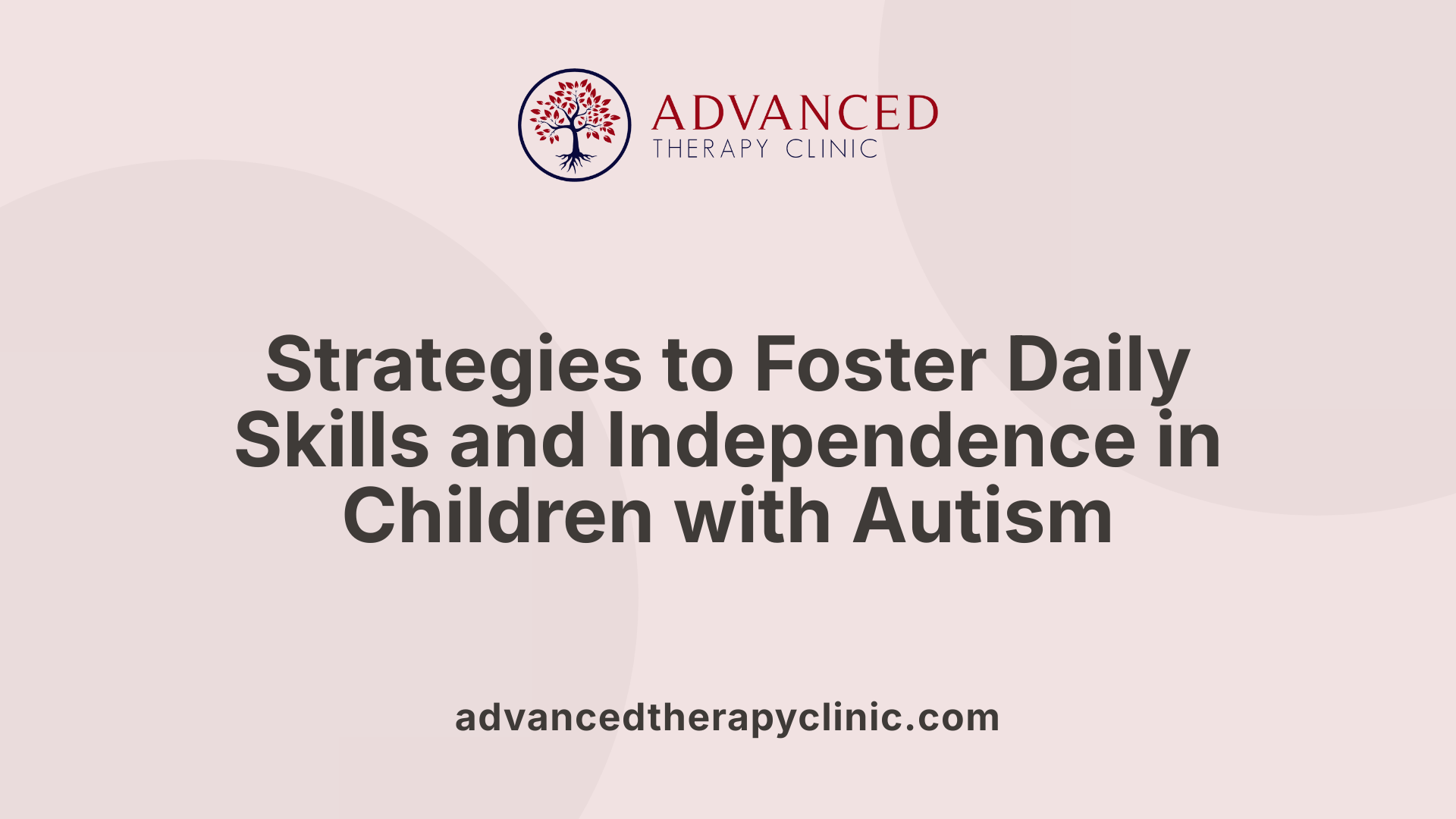
How can parents and caregivers support cognitive skills and daily living activities in children with autism?
Supporting children with autism in developing daily skills involves a combination of early introduction, routine integration, and tailored strategies. Parents and caregivers can start by introducing essential life skills, such as brushing teeth, dressing, or meal preparation, early in the child's development.
Integrating these activities into natural routines helps children become familiar and comfortable with daily tasks. Visual aids like checklists, picture schedules, or prompts serve as practical tools to guide children step-by-step through activities, fostering independence.
Practicing skills in real-world settings, such as supermarkets, parks, or community centers, enhances generalization of skills and makes learning relevant. Breaking down complex tasks into smaller, manageable steps—using techniques like task analysis or chaining—makes learning less overwhelming.
The use of prompts, positive reinforcement, and rewards increases motivation and encourages progress. Visual schedules combined with modeling and hands-on practice adapt to individual needs, promoting confidence and competence.
For long-term success, ongoing collaboration with professionals—such as occupational therapists, speech therapists, and educators—is crucial. Personalized assessments allow for customized strategies that align with each child's unique strengths and challenges. These efforts support children in gaining greater independence, confidence, and daily living skills over time.
In summary, early skill introduction, routine-based learning, real-world practice, and professional collaboration are vital components to support children with autism in their daily development.
| Strategy | Description | Benefit |
|---|---|---|
| Visual Aids & Checklists | Use of pictures, schedules, and prompts to guide activities | Enhances understanding and independence |
| Real-World Practice | Applying skills in community settings like stores or parks | Promotes generalization and practical application |
| Task Breakdown & Chaining | Dividing tasks into steps and practicing in sequence | Reduces overwhelm and improves mastery |
| Professional Collaboration | Working with therapists and educators for tailored approaches | Ensures strategies meet individual needs |
Scientific Evidence Supporting Brain Balance Exercises for Autism
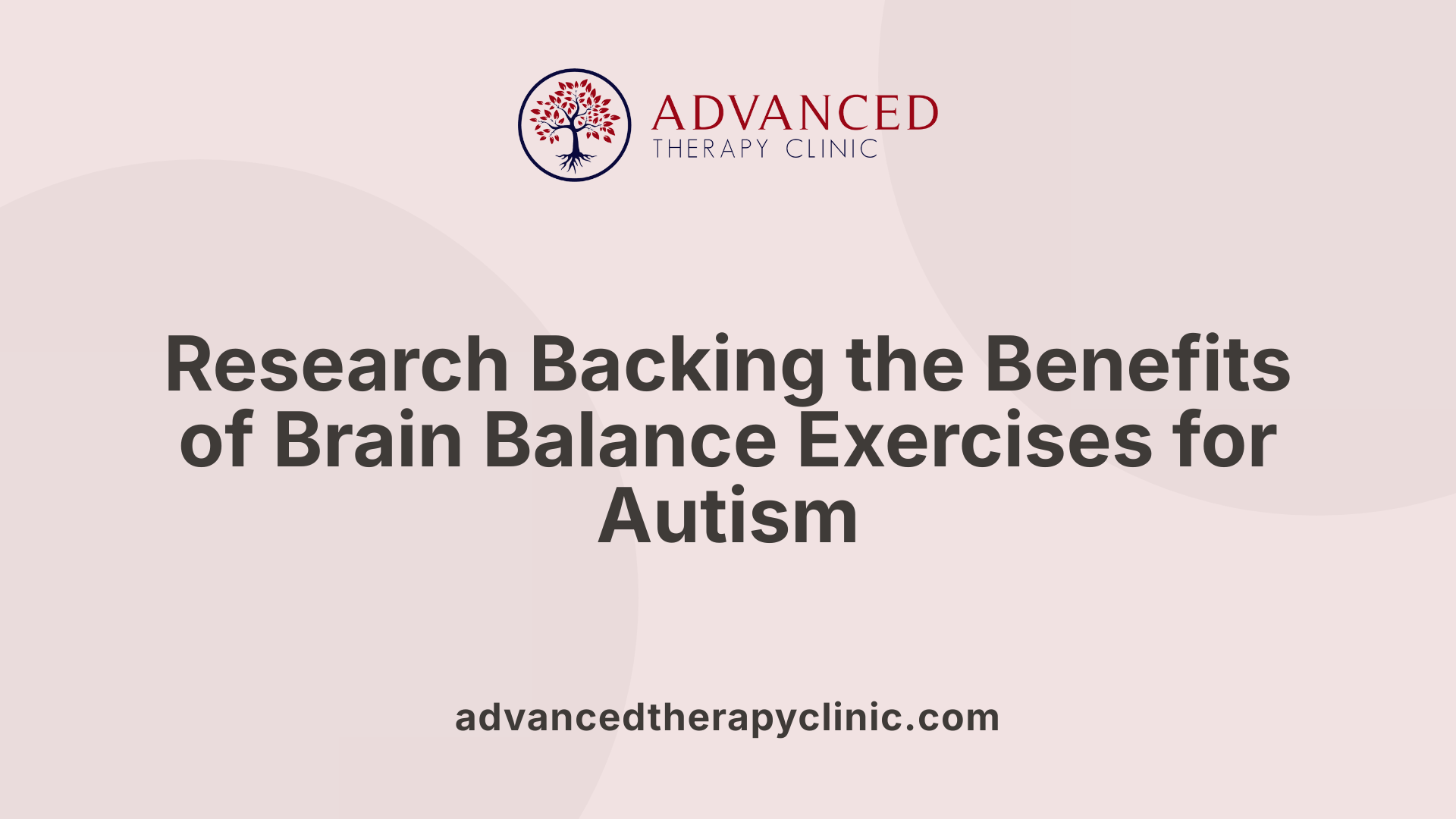
What is the scientific evidence regarding the effectiveness of brain balance exercises for autism?
Research on the Brain Balance program indicates that these exercises may offer notable benefits for children and adolescents with developmental challenges, including autism spectrum disorder (ASD). Multiple studies have reported improvements in areas such as emotional regulation, social communication, motor skills, and academic performance.
Significant effect sizes have been observed, especially in children with more severe symptoms. For example, parent-rated assessments often show substantial progress in behavioral and emotional responses, alongside enhancements in sensory-motor functions.
Furthermore, direct assessments of participants reveal reductions in primitive reflexes—patterns of movement present at birth but typically integrated during development—and increases in sensory-motor coordination. Cognitive testing also points to gains in attention span, response inhibition, and working memory tasks.
Improvements in sensory-motor and cognitive skills
The program’s targeted physical, sensory, and cognitive activities are designed to rebuild neural connections and strengthen brain pathways. Exercises like bear crawls, star jumps, and mirror activities target full-body coordination, muscle strength, and body awareness.
Results consistently show that engaging in vigorous activities for over 20 minutes helps decrease stereotypical behaviors, hyperactivity, and aggression. These improvements enhance children’s overall ability to function and adapt.
Need for further research
While current evidence is promising, scientific studies on the Brain Balance program are still developing. Larger-scale, controlled studies are needed to confirm these early findings and better understand long-term outcomes.
In conclusion, existing research supports the potential of brain balance exercises to positively impact children with autism, but ongoing investigation will help clarify the scope of their benefits and optimal implementation.
Types of Exercises to Promote Brain Balance in Autism
What types of exercises are recommended to promote brain balance for individuals with autism?
A well-rounded exercise program can significantly support brain development and behavioral improvements in children with autism. This includes a variety of physical activities designed to strengthen neural connections across different regions of the brain.
Aerobic activities like jumping jacks are highly recommended. These exercises increase heart rate and blood flow, which helps enhance overall health and build neural pathways important for cognitive and motor functions.
Balance and proprioceptive exercises are also beneficial. These activities, such as standing on one leg, walking on gymnastic benches, or using a balance board, improve postural stability and body awareness, which are often areas of challenge in children with autism.
Full-body movements are particularly effective in developing coordination, strength, and endurance. Exercises like bear crawls, medicine ball slams, star jumps, arm circles, and mirror exercises engage multiple muscle groups and help in motor planning.
Research supports that engaging in vigorous activity for more than 20 minutes can reduce stereotypical behaviors, hyperactivity, and aggression. Combining aerobic, balance, proprioceptive, and full-body exercises creates a comprehensive training approach that promotes neural growth and functional improvements.
It’s essential to start any new exercise routine in a calm, supportive environment and use positive reinforcement. Consulting with a healthcare professional, such as a licensed occupational therapist, is recommended before beginning these activities to tailor the program to each child's needs.
Supporting Neurodevelopmental Progress Through Exercise
Integrating targeted brain balance exercises and autism-friendly routines can significantly benefit children with ASD by enhancing neural connectivity, reducing challenging behaviors, and improving daily functioning. While scientific research continues to explore and validate these approaches, current evidence and practical applications suggest that when implemented thoughtfully, exercise can be a safe, cost-effective, and empowering component of autism support strategies. Parents, caregivers, and professionals are encouraged to collaborate in creating individualized, engaging programs that foster growth, development, and overall well-being for children on the spectrum.
References
- Autism Spectrum Disorder - Brain Balance
- Kids with Autism: 5 Important Exercises - Healthline
- Kid-Friendly Exercises to Promote Brain Balance
- Physical Activity Design for Balance Rehabilitation in Children with ...
- Kids with Autism: 5 Important Exercises - Healthline
- Positive effects of physical activity in autism spectrum disorder
- Autism spectrum disorder - Symptoms and causes - Mayo Clinic
- Influence of Brain Gym on children's behavioral problems with ...
Recent articles

What Is Supportive Care ABA?
Understanding Supportive Care ABA: A Cornerstone of Multidisciplinary Therapy for Autism
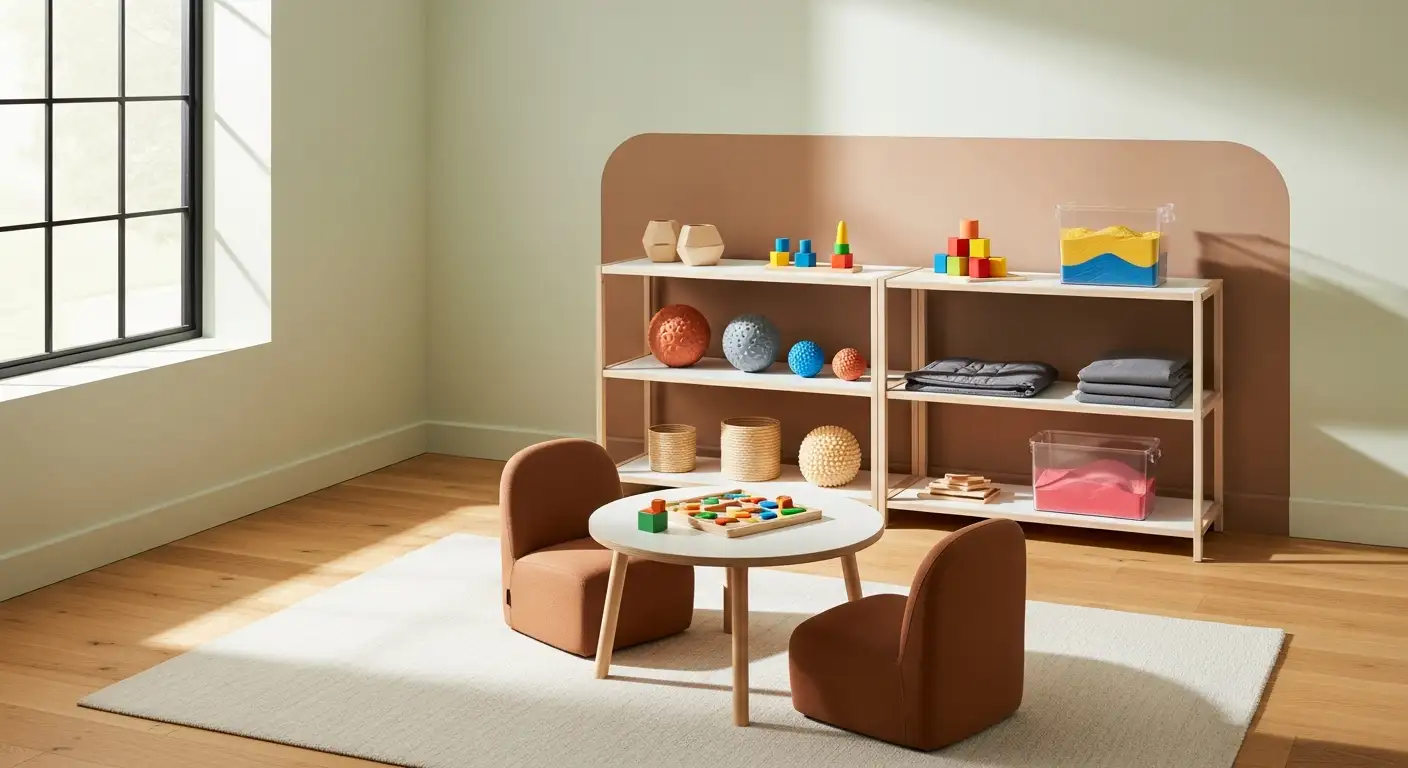
What Are the Behavioral Characteristics of a Child with Autism
Understanding Behavioral Traits and Interventions for Children with Autism Spectrum Disorder

How to Become a Speech Therapist
Charting Your Path to a Rewarding Career in Speech Therapy

Teaching Safety Skills to Children with Autism
Empowering Autistic Children Through Targeted Safety Skills Development

How Do You Help a 2 Year Old with Autism
Early Steps: Supporting Toddlers with Autism for Lifelong Growth

The Benefits of ABA Therapy for Children with Autism
Unlocking Potential: How ABA Therapy Transforms Lives of Children with Autism


